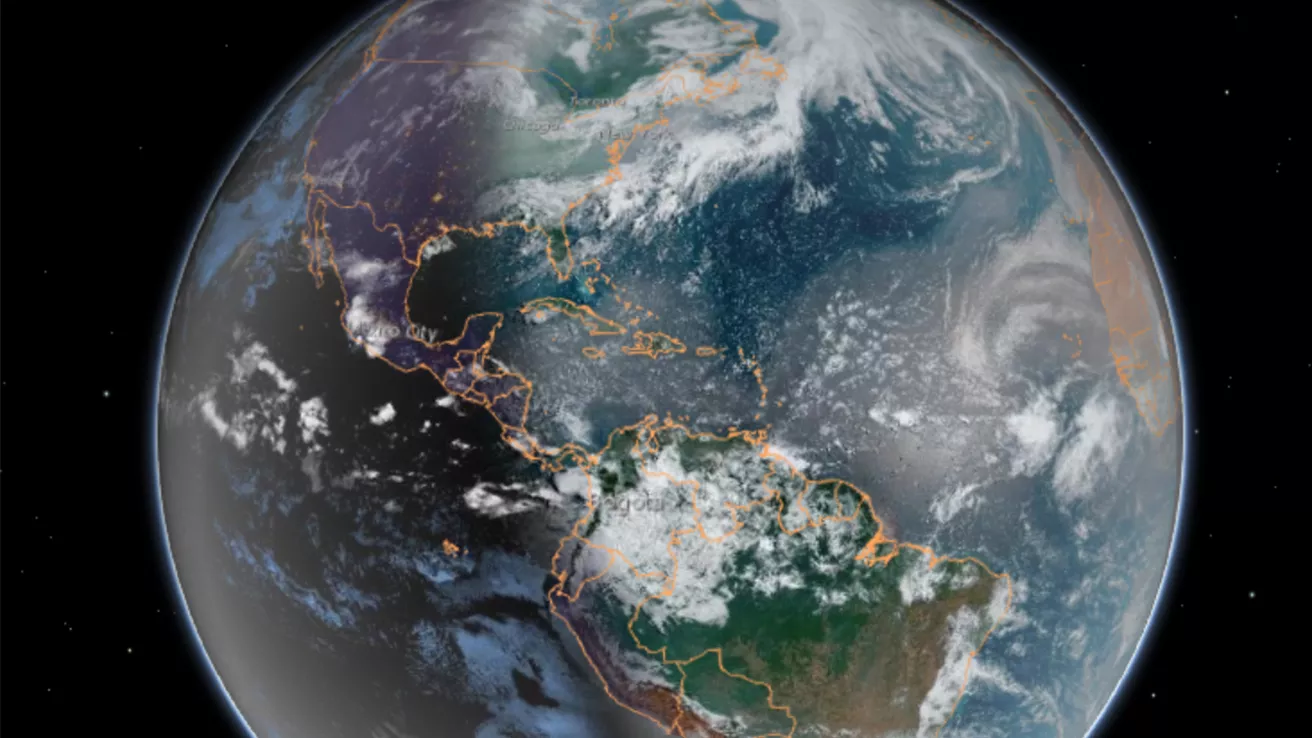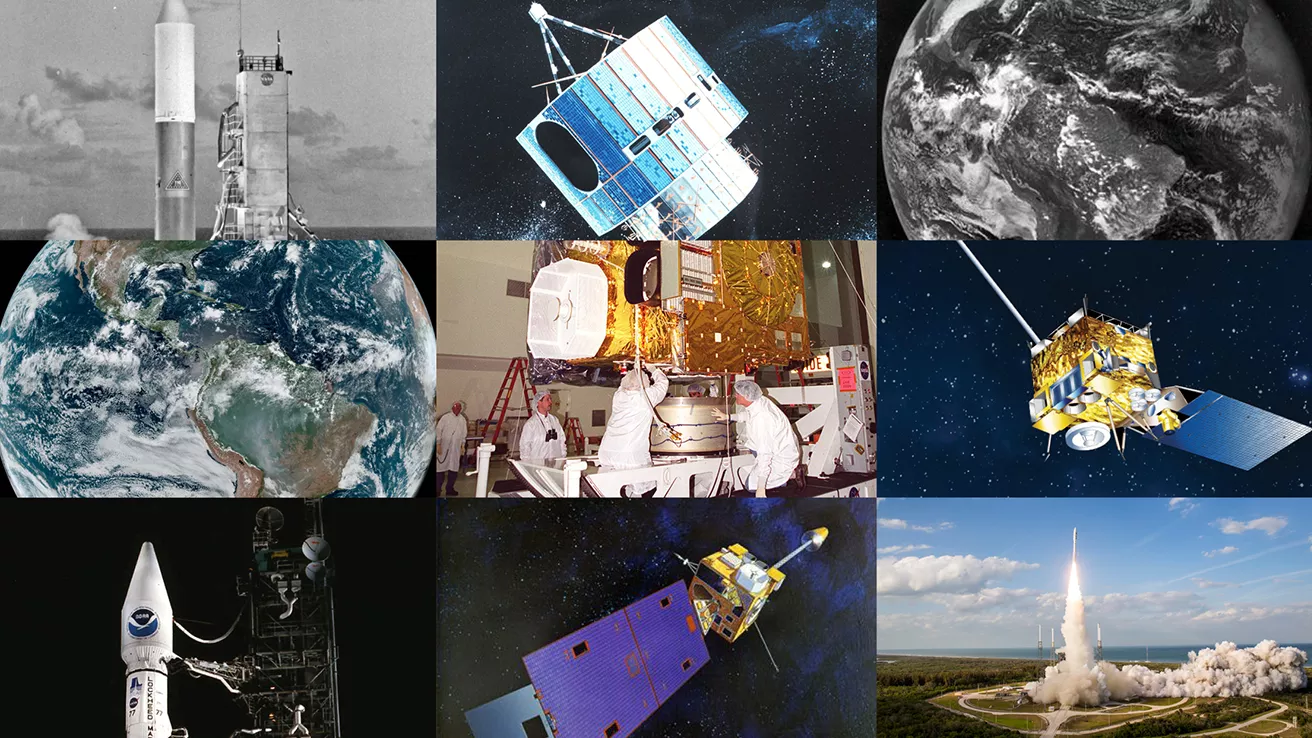Our dynamic world is always changing. See what it looks like now from space via our live feeds.
Explore interactively Interactive Maps
SWFO-L1 will transmit data to Earth continuously in real-time, protecting vital infrastructure, economic interests, and national security.
Fall 2025 NOAA's SWFO-L1 Launch
NOAA celebrates 50 years of its heralded Geostationary Operational Environmental Satellite program.
Fifty Years! 50 Years of GOES
Feature Stories
-
Feature Story
From their orbits, NOAA satellites can play a vital role in detecting and tracking severe weather,… -
Feature Story
LEO satellites provide critical atmospheric, oceanic, and terrestrial data, enhancing NWS forecasts… -
Feature Story
The ozone band, part of the thermal infrared spectrum, allows us to track changes in the atmosphere… -
Feature Story
Since its launch a decade ago, NOAA’s Deep Space Climate Observatory (DSCOVR) has played a crucial…
Data & New Technology
Data Purchases
NOAA is taking concrete steps to support the development of commercial markets for space-based weather data.
Visit the programs page Data Purchases
Data Collections
NOAA collects the most up-to-date data about the atmosphere, land, and oceans.
Learn about data information Data Collections
Pathfinder Initiative
Help develop studies for future applications of mission data products.
Read about pathfinder initiative Pathfinder Initiative
News & Announcements
-
Feature Story
As climate-driven floods intensify, VIIRS provides near real-time data to bolster global… -
Announcement
The Solar Ultraviolet Imager (SUVI) onboard NOAA’s GOES-19 satellite, which launched on June 25,… -
Announcement
NASA, on behalf of NOAA, has selected the University of New Hampshire in Durham to build Solar Wind…



